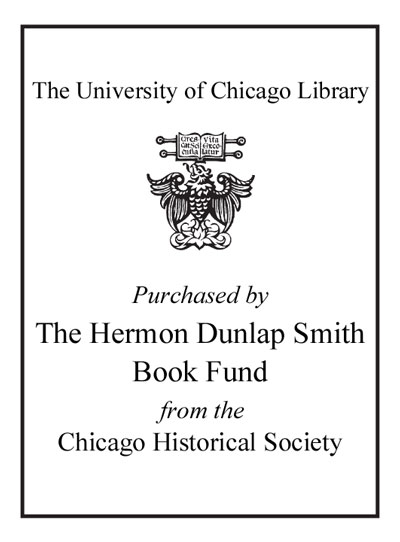Review by Choice Review
While some immigrant groups, at least in select locations, have settled in so-called "little" communities, others, including Philadelphia's turn-of the-20th-century Slovak, have established far-flung residential patterns, often based on proximity to employment. Zecker's engaging study explores how these geographically dispersed men and women built ethnically based social networks. Association with churches and fraternal organizations, often located a significant distance from the immigrants' homes, formed the foundation. For example, the Slovaks created their own Catholic parish and built their church in "nobody's neighborhood.. They socialized at Pulaski Hall, to which many would have had to travel, not a "nearby yet remote" Italian club, which had been created for members of that ethnic group. These practices allowed the Slovaks to create what Zecker (Saint Francis Xavier Univ., Nova Scotia) calls a "trans-local" community. This innovative paradigm for understanding the immigrant experience will appeal to scholars, but the book's academic orientation will not deter general readers. Those interested in Slovak immigration, Philadelphia's ethnic history, or simply the US immigrant experience will find much to enjoy in the chapters dealing with neighborhoods, churches, and clubs. Summing Up: Recommended. Most levels/libraries. R. F. Zeidel University of Wisconsin--Stout
Copyright American Library Association, used with permission.
Review by Choice Review

